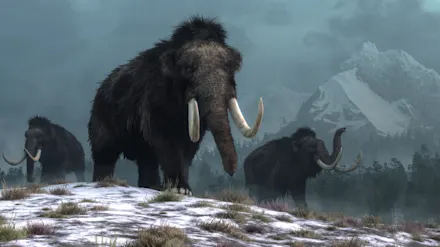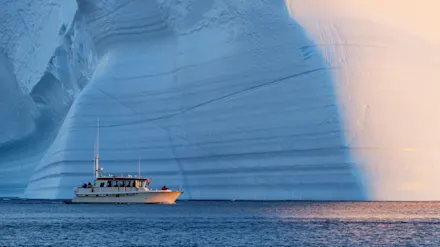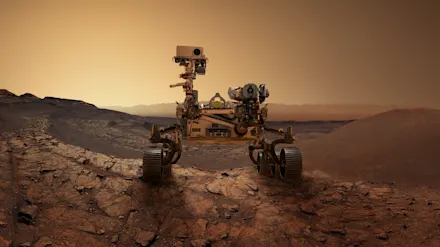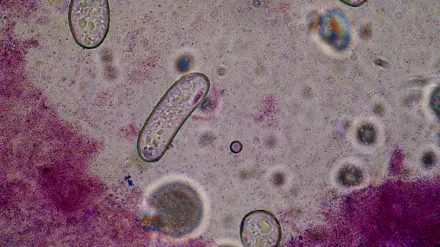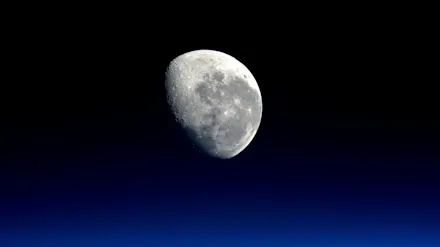Environment
Published on 05 Jun 2025
Survival of the greenest: why world’s oldest organizations are surpassing young upstarts in environmental sustainability
In a new article published in Frontiers in Organizational Psychology, Daria Haner, Dr Yilei Wang, Dr Deniz Ones, Dr Stephan Dilchert, Dr Yagizhan Yazar, and Karn Kaura unveil surprising new findings: the world’s most sustainable businesses are the world’s most long-lived businesses, too. In this guest editorial, they explain their results, discuss the potential underlying reasons for their findings, and underline the importance of sustainability to the future of business.
















